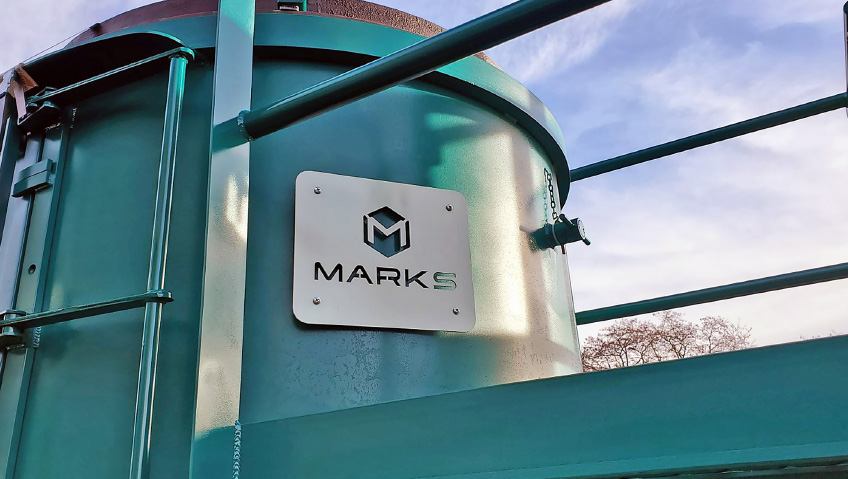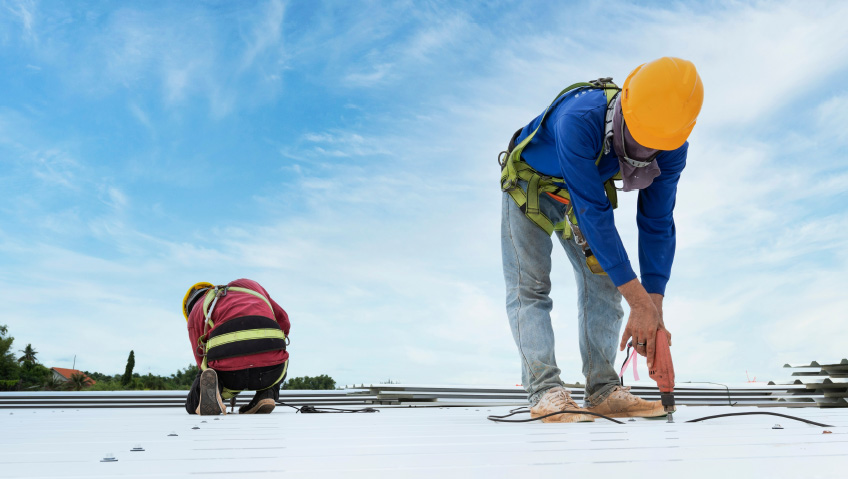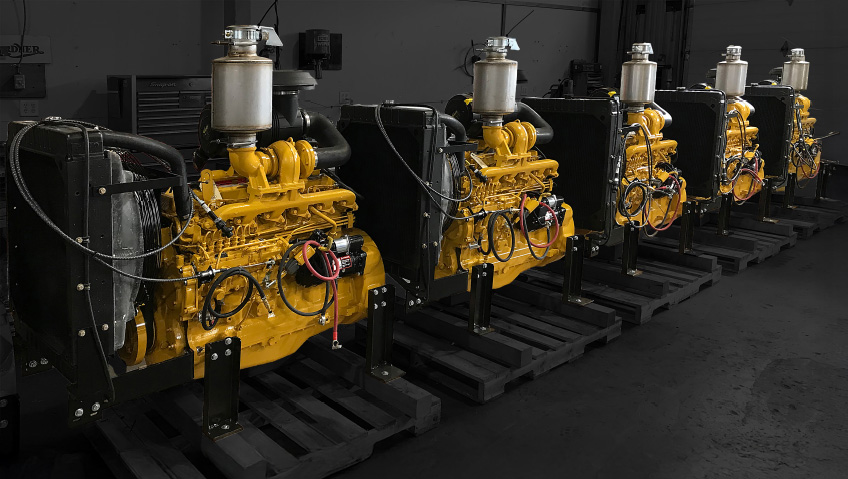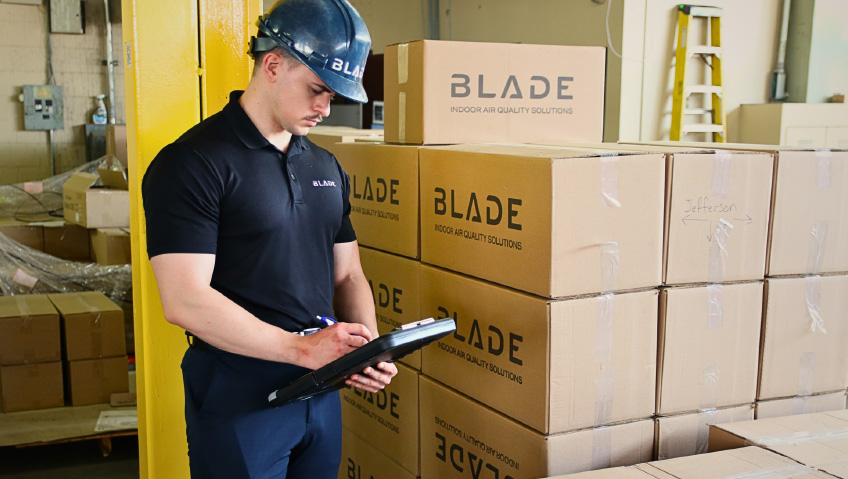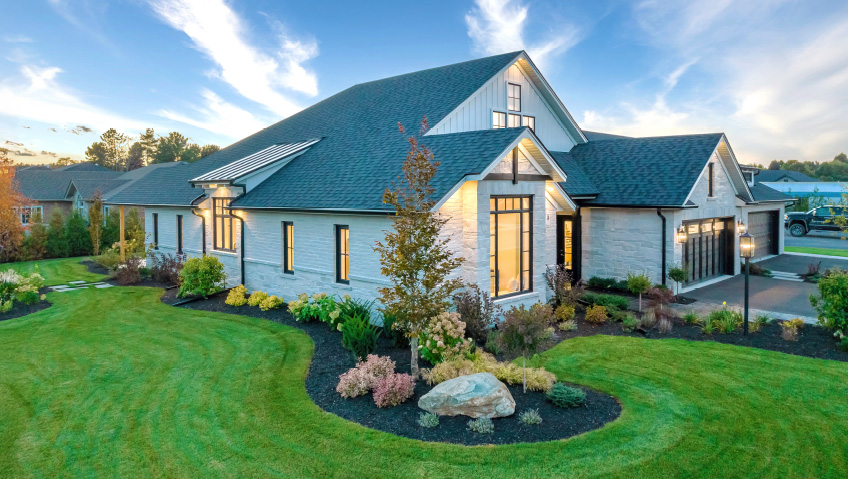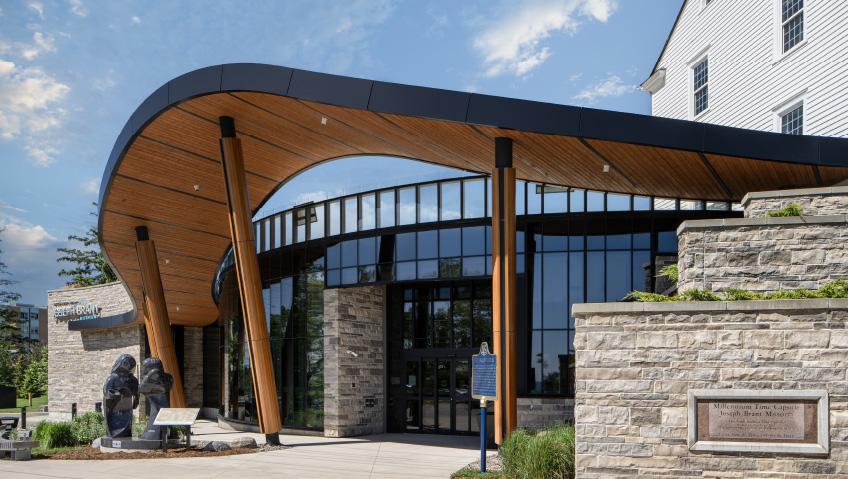The companies who are represented by Environmental Containment Corp (ECC) of Seattle, Washington design, manufacture, and install state-of-the-art underground stormwater vaults, cutting-edge culverts, and other products including an innovative, bio-retention water filtering system. In recent months, ECC firms have also added new staff and new markets.
ECC is an umbrella company for three wide-ranging businesses: National Precast, Marks, and Superior Concrete, all based in the Pacific Northwest.
Founded in 1974, National Precast designs and builds concrete components for culvert crossings, fish passages, and stormwater detention vaults using a combination of precast and prestressed processes.
Launched in 1994 and based in Lake Stevens, Washington, Superior Concrete is a structural concrete contractor specializing in stormwater vaults and ponds, foundations, and land retaining walls. The company is an industry leader and constructs many stormwater detention vaults per year.
The oldest of the three firms, Marks was established in 1946 and is based in Clackamas, Oregon. Among other services, it designs, manufactures, and fabricates steel molds that are used to make precast concrete products utilized in the underground utility industry. Other services include machining and beveling, rolling and forming, waterjet cutting, laser cutting, and plate rolling and forming. Marks recently signed on a national sales team of independent representatives to expand the range of its operations.
These three businesses were placed under the ECC banner in 2020. The three frequently work together on projects, and all share a safety-first mindset. Daily safety meetings and talks are the norm, although Superior relies on a third party to help manage its safety program in the field while Marks and National handle such matters internally at their manufacturing facility.
National Precast employees boast impressive industry certifications including PCI Level I, II, and III, as granted by the Chicago-based Precast/Prestressed Concrete Institute (PCI). The manufacturing plant is also dual certified by both the NPCA (National Precast Concrete Association) and PCI (Prestressed Concrete Institute) level B3 and C3.
Since we last spoke in December 2023, the single biggest change for the group has been “a new product line that we brought on called Low/Span. It’s a prestressed culvert product, which is unique. Most culverts are precast only, and this is also prestressed,” says ECC Chief Executive Officer Ron Sparks of the concrete products.
Built under roads, culverts channel water to prevent flooding and erosion. Precast refers to a process in which concrete products are fabricated with molds at a plant, cured, and then moved to a jobsite and installed. Prestressed concrete, meanwhile, has been ‘stressed’ during the manufacturing process with tensioned steel strand giving it additional strength.
The Low/Span system developed by National Precast offers some clear advantages. “Traditional precast reinforcing limits the width of the span,” Sparks explains. “You can span about 30 feet with a traditionally reinforced culvert. With the prestressed Low/Span product, you can increase the width of a span up to 80 feet.”
This year, ECC inked two contracts for Low/Span with the Washington State Department of Transportation. The first project, featuring a Low/Span system with a 47-foot span, has been completed, while construction work for the second project, which involves a 72-foot span, is set to commence in spring 2025, followed by installation that summer. The contractor for both projects is Kiewit Corporation, one of the largest heavy civil contracting companies in the world.
The Washington State Department of Transportation is using Low/Span to address a fishy impasse. Salmon, a common species in the Pacific Northwest, travel upstream to spawn. Many roads in Washington State cross salmon spawning streams but traditional culverts have created unforeseen issues that made it very difficult for the fish to proceed upstream. Due to these chokepoints, fish passage culvert replacements were funded. Now, enter Low/Span, which has offered a solution where traditionally reinforced culverts could not and ultimately results in unimpeded access for salmon.
National Precast has also developed a unique bio-detention system which addresses another wildlife issue. The system uses “blended soil to help treat and clean stormwater. Some of the heavy metals and other things that get into the stormwater—the soil will clean it. That’s the reason behind the name,” states National Precast Vice President Doug Salisbury.
The bio-detention solution might prove an excellent foil for 6PPD, a stabilizing additive used in rubber car tires to enhance durability. Researchers have determined that 6PPD is leaching from roads to waterways, where it has the potential to kill fish populations. National Precast’s bio-detention system can filter 6PPD from water entering storm drains, says Salisbury.
Precast and designed in a modular fashion, the bio-detention system can be assembled in the field in only a few hours, adds Sparks. The bio-detention solution is going to be used in a project in Tennessee in “our first foray outside of the Pacific Northwest,” he notes.
ECC continues to forge ahead with its flagship HV Stormwater Detention Vaults as well. Fitted with a proprietary gasket system, these supremely watertight vaults consistently pass hydrostatic tests to prove their worth. “Agencies require we test them in the field, by simply filling them with water and monitoring for leakage. We know they’re working because we continue to successfully pass the hydrostatic tests,” says Sparks.
HV Stormwater Detention Vaults offer convenience, cost savings, and speed. They can be installed in days versus the weeks it can take to install a vault made via a cast-in-place process in which concrete is poured on-site into a removable formwork to create slabs and walls.
“The shape allows us to store water in a more efficient manner. Similarly to Low/Span, we have prestressed top slabs, so we’re able to make a wider vault without support walls. Every time you put a wall inside the vault, you lose volume, which makes the footprint larger,” explains Salisbury. “Because of the way we build these, we can have big chambers which are easy to maintain and clean.”
He points to some recent projects involving the HV Stormwater Detention Vault. One project featured “a rather large” detention vault, ordered by a public works department for the Kitsap Service Center in Washington State. This vault offered over 130,000 cubic feet of storage and measured “80 feet wide, 240 feet long, and seven feet deep.”
Another HV Stormwater Detention Vault was acquired by a fire station in Bellevue, Washington. At 12,000 cubic feet, this model was smaller than the gargantuan Kitsap vault but passed extremely stringent water tests.
The HV Pond System, meanwhile, serves the same purpose as the HV Detention Vault but is designed in a completely different fashion. The HV Pond System is “open-top; it’s not a closed top and buried. It’s open, and you can look in and see it,” says Salisbury.
ECC companies continue to embrace sustainability and high standards, using eco-friendly Portland-limestone cement when possible. With a higher amount of limestone, this type of cement offers a smaller carbon footprint than traditional cement.
Indeed, the precast concrete used by the ECC companies scores highly on Sustainable Materials Rating Technology (SMaRT) tests. SMaRT testing rates construction materials on energy savings, recycled content, health considerations, and other factors. The National Precast Concrete Association and its member plants, of which Sparks is a former Chairman of the Board, is in the final process of getting SMaRT certified.
Overall employment at the companies has risen from 155 people in 2023 to roughly 180 today, and Sparks attributes this growth to “increased volume. We’re handling more volume. Marks has been fairly [consistent with personnel] but both National and Superior have been expanding and hiring more people.”
As these firms grow, they are also casting a wider net in terms of new hires. In addition to people with concrete expertise and experience, “we’ve started looking and advertising for folks that had come out of the carpentry industry, because we’re building forms, erecting forms, and putting things together,” he says.
Expansion has brought its own set of challenges, however. “I think the biggest challenge all three companies have is getting quality labor. When I think of a quality employee, it’s somebody who is reliable, willing to learn, has a good head on their shoulders, and can think a little bit about what’s going on around them,” says Sparks. It also helps if a prospective employee “likes our industry and sees it as a career path,” he adds. Field staff must occasionally contend with inclement weather conditions while plant employees have to work with steel, concrete, and rebar. “It’s not for everybody,” he says.
For all that, ECC is eager to enter new markets and expand its presence within the Pacific Northwest. “Generally speaking, we want to be the stormwater detention go-to on the [Interstate-5] corridor from Bellingham, Washington to Eugene, Oregon,” states Sparks.

